Mom’s Lemon Butter Bundt Cake
This Mom’s Lemon Butter Bundt Cake is rich, buttery, and packed with bright lemon flavor. But the real magic is the crisp, golden crust, reminiscent an old-fashioned buttermilk donut. A luxurious lemon-butter glaze soaks into every bite, keeping it irresistibly moist with the perfect balance of sweet and tangy. It’s pure sunshine in cake form and guaranteed to disappear fast.
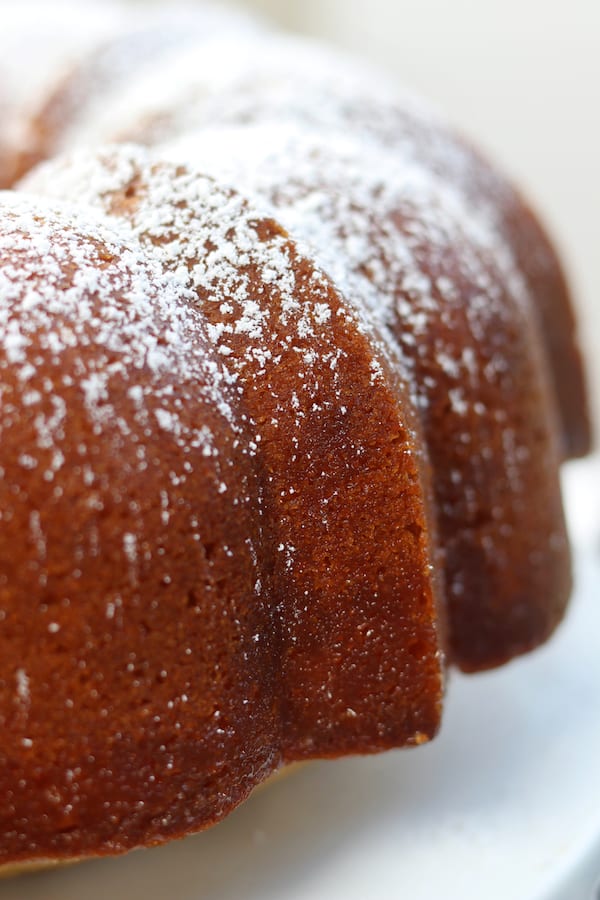
This post may contain affiliate links, meaning I earn a small commission if you make a purchase—at no extra cost to you. Additionally, AI was used to assist with spelling, grammar, sentence clarity, and creative brainstorming.
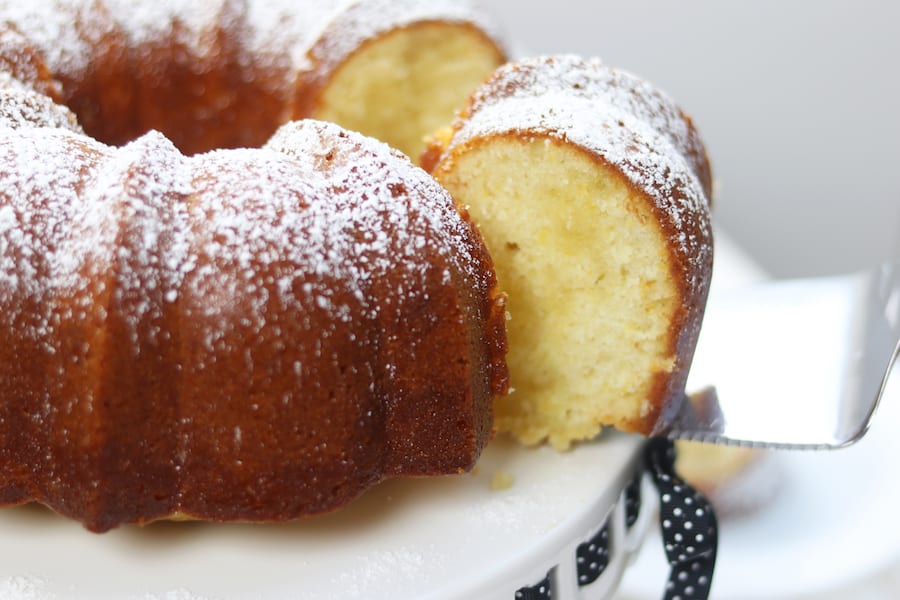
This Buttery Lemon Bundt Cake Steals the Holiday Spotlight
Some cakes disappear fast, and this one is no exception. With its rich, buttery flavor and bright lemony goodness, it’s the perfect centerpiece for Easter brunch, holiday gatherings, and warm-weather celebrations like backyard cookouts, bridal showers, and baby showers. It’s decadent but so irresistibly good that going back for seconds feels almost inevitable. Serve it once, and it’s sure to become a family tradition.
Helpful Tools
- Bundt Pan
- Small Rubber Spatula (best with nonstick pans)
- Microplane
- Cake Tester
- Chopstick
Ingredients Needed
Cake Ingredients
- Unsalted Room Temperature Butter– Whipping soft butter with sugar traps air, making the cake light and tender. Butter also adds moisture and rich flavor.
- Granulated Sugar– Sweetens the cake, aerates the butter when creamed, and helps create a soft texture.
- Large Room Temperature Eggs– Provides structure (proteins set during baking), moisture, and richness while aiding in emulsification.
- Unbleached All-Purpose Flour– Forms the cake’s structure by developing gluten, while sifting ensures an even, light texture.
- Baking Soda– A leavening agent that reacts with the acid in buttermilk and lemon juice to create lift.
- Salt– Enhances flavor and balances sweetness, preventing the cake from tasting flat.
- Buttermilk– Adds moisture, tenderness, and a subtle tang while activating the baking soda for leavening.
- Lemon Extract– Provides a concentrated, consistent lemon flavor that holds up through baking.
- Lemon Zest– Infuses intense lemon flavor with natural oils without adding extra liquid.
- Lemon Juice– Enhances tartness, balances sweetness, and reacts with baking soda for leavening.
Glaze Ingredients
- Unsalted Butter– Adds richness and a silky texture to the glaze.
- Granulated Sugar– Dissolves into the glaze, adding sweetness and creating a light, glossy finish that firms up slightly as it cools.
- Lemon Juice– Provides brightness and acidity, balancing the butter and sugar for a tangy finish.
Pro Tips for the Best Lemon Bundt Cake Every Time
This cake has been very popular with my readers. However, some have run into a few hiccups. The tips below address these challenges to ensure your cake turns out perfectly moist, buttery, and bursting with lemon flavor every time.
How to Properly Measure Flour for a Light and Tender Cake
Using too much flour can make your cake dense and dry. Instead of scooping directly from the bag, use the spoon-and-level method:
- Fluff the flour with a spoon to loosen it.
- Spoon it gently into a measuring cup without packing it down.
- Level it off with a flat edge (like a knife) to remove excess.
This ensures you get the right amount of flour for a soft, tender cake.
Why Room Temperature Ingredients Matter in Baking
Cold ingredients don’t mix well, leading to a lumpy batter and uneven baking. Soft butter blends smoothly with sugar, trapping air for a light texture, while room temperature eggs incorporate more easily, creating a uniform batter. Using ingredients at the right temperature helps your cake bake evenly and turn out tender.
How to Zest Lemons for Maximum Flavor
Zesting adds bright citrus flavor without extra liquid. Use a microplane to gently scrape off the yellow outer layer, rotating the lemon as you go. Avoid the white pith underneath, as it tastes bitter.
The Secret to a Perfectly Mixed Cake Batter
For a smooth, even batter, add the dry and wet ingredients in stages, starting and ending with the dry. This prevents overmixing, which can make the cake dense. Scraping the bowl ensures every bit of butter and flour is incorporated, giving you a uniform, tender crumb.
How to Grease a Bundt Pan to Prevent Sticking
Greasing the pan with cold butter creates an even layer that clings to the sides. As it melts slowly during baking, it forms a natural nonstick barrier for an easier release.
The Trick to Knowing When Your Bundt Cake Is Done
A perfectly baked Bundt cake will pull away slightly from the pan’s edges and have a golden top. To be sure, insert a toothpick or cake tester into the center. If it comes out clean or with a few moist crumbs, it’s ready. If there’s wet batter, give it more time and check again in a few minutes.
Why Poking Holes in a Hot Cake Makes It Even Better
Poking holes in a warm cake allows the glaze to soak in, adding extra moisture and rich lemon flavor. The heat helps the cake absorb the glaze evenly, creating a tender texture and ensuring every bite is packed with flavor.
How to Release a Bundt Cake Without Breaking It
Let the cake cool completely in the pan before removing it. Gently run an offset spatula along the edges and center tube, being careful not to go too deep to avoid damaging the crust. For nonstick pans, a rubber spatula is a gentler option. Next, dip the bottom of the pan into almost boiling water for about 30 seconds to help loosen the cake. This step may need to be repeated twice for an easy release.
Why the Center of Your Bundt Cake Looks Gooey
Don’t worry, if you tested the cake for doneness, it’s fully baked. The ooey-gooey center isn’t underbaked batter but the rich lemon butter glaze that seeps into the cake, creating an ultra-moist texture and intense lemon flavor.
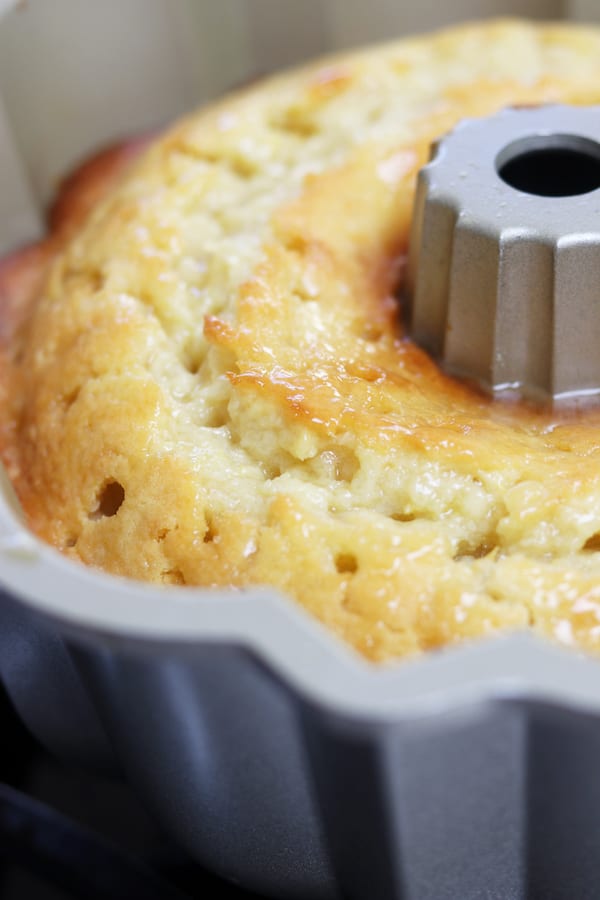
Storing and Freezing Lemon Bundt Cake
To keep your cake fresh, store it covered at room temperature for up to 3 days or in the refrigerator for up to a week.
For longer storage, freeze individual slices for easy serving later. Cut the cake into slices, wrap each one tightly in plastic wrap, and place them in a freezer bag. This keeps them fresh for up to 3 months. When ready to enjoy, thaw at room temperature
Serving Suggestions
This buttery, citrus-packed cake is incredible on its own, but pairing it with the right toppings makes it even more irresistible.
- Blueberry Compote– A sweet-tart contrast that complements the bright lemon flavor.
- Fresh Whipped Cream– Light and airy, it balances the cake’s buttery richness.
- Summer Berries– Raspberries, blackberries, and blueberries add a juicy, refreshing bite.
- Macerated Strawberries– Slice fresh strawberries, sprinkle with 1–2 tablespoons of sugar per cup, and let sit for 15–30 minutes until they release their natural juices, creating a sweet, syrupy sauce.
- Vanilla or Lemon Ice Cream– A cool, creamy contrast to the cake’s rich, citrusy notes.
- Dusting of Powdered Sugar– The simpliest finishing touch for added sweetness and elegance.
Frequently Asked Questions
Is it okay to use salted butter instead of unsalted in the cake?
If salted butter is all you have, it’s not a huge deal, but unsalted butter is ideal for better control over the cake’s salt balance.
Can I substitute buttermilk with regular milk?
Buttermilk contributes to the cake’s tenderness and tanginess. If you don’t have buttermilk, you can make a substitute by adding 1 tablespoon of lemon juice or white vinegar to 1 cup of milk. Let it sit for 5 minutes before using.
Why is my bundt cake dry?
A dry Bundt cake is usually caused by overbaking or too much flour. Check for doneness a few minutes early, and be sure to measure flour using the spoon-and-level method for accuracy. For more details on proper flour measurement, see the section above titled “Pro Tips for the Best Lemon Bundt Cake Every Time.” Small adjustments can make a big difference in keeping your cake soft and moist!
What should I do if my bundt cake won’t release from the pan?
If your Bundt cake won’t release, let it cool completely in the pan first. Then, gently run an offset spatula along the edges and center tube, being careful not to go too deep to avoid damaging the crust. For nonstick pans, a rubber spatula is a gentler option. If the cake is still stuck, dip the bottom of the pan into almost boiling water for about 30 seconds to help loosen it. You may need to repeat these steps twice for an easy release.
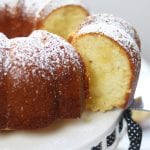
Mom’s Lemon Butter Bundt Cake
Ingredients
For the Cake
- 1/2 pound unsalted butter *room temperature, plus 1-2 tablespoons for greasing bundt pan
- 2 cups granulated sugar
- 3 large eggs *room temperature
- 3 cups unbleached all-purpose flour *sifted, see Note #1 below
- 1/2 teaspoon baking soda
- 1/2 teaspoon salt
- 1 cup buttermilk
- 1 teaspoon lemon extract
- 2 tablespoons lemon zest *tightly packed
- 2 tablespoons lemon juice
For the Glaze
- 1/3 cup unsalted butter
- 3/4 cup granulated sugar
- 1/4 cup lemon juice
Instructions
- Preheat the oven to 325°F. Grease a 10-inch Bundt pan with 1-2 tablespoons of cold butter, ensuring all crevices are well coated.
- In a stand mixer, cream the butter and sugar on medium speed until light and fluffy. Mix in the lemon zest and lemon extract.
- Add the eggs one at a time, beating well after each addition to fully incorporate.
- In a separate bowl, sift together the flour, baking soda, and salt. Stir well before adding to wet ingredients.
- Gradually mix the dry ingredients into the butter mixture, adding a few spoonfuls at a time and alternating with the buttermilk. Begin and end with the dry ingredients to ensure even mixing.
- Stir in lemon juice.
- Pour the batter into the prepared Bundt pan, spreading it evenly.
- Bake on the middle rack for 1 hour and 5 minutes, checking at the 1-hour mark. The cake is done when it pulls away from the sides of the pan and a tester comes out clean.
- Prepare the glaze immediately after the cake comes out of the oven. In a small saucepan over medium-low heat, combine the butter, sugar, and lemon juice, stirring frequently until the butter is melted and the sugar is dissolved.
- Poke holes in the warm cake and pour the glaze evenly over the top. Let the cake cool completely in the pan.
- Invert the cooled cake onto a plate or cake stand and dust with powdered sugar before serving. See Note #2 below for for tips on easily releasing the cake from the pan.
Video
Notes
-
- Fluff the flour with a spoon to loosen it.
-
- Spoon it gently into a measuring cup without packing it down.
-
- Level it off with a flat edge (like a knife) to remove excess.

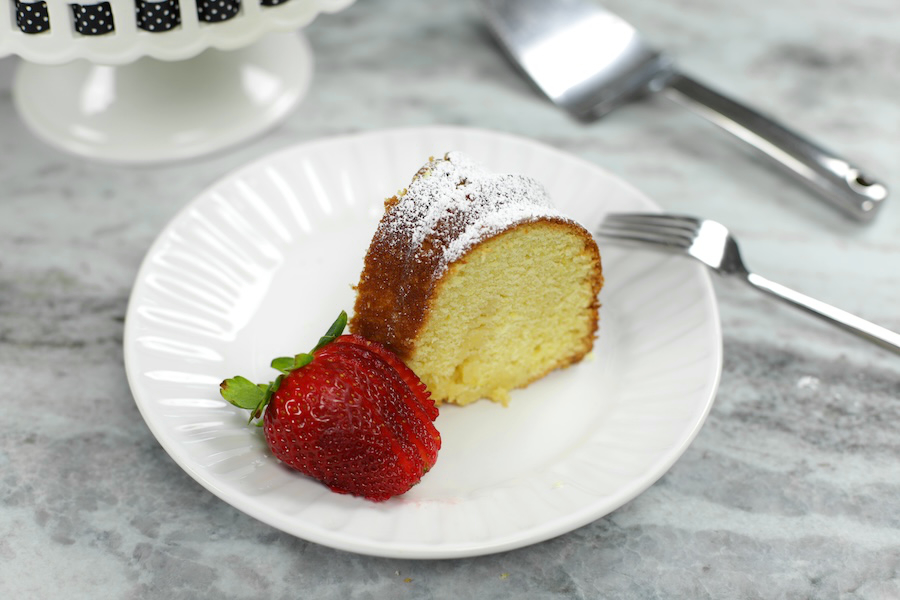


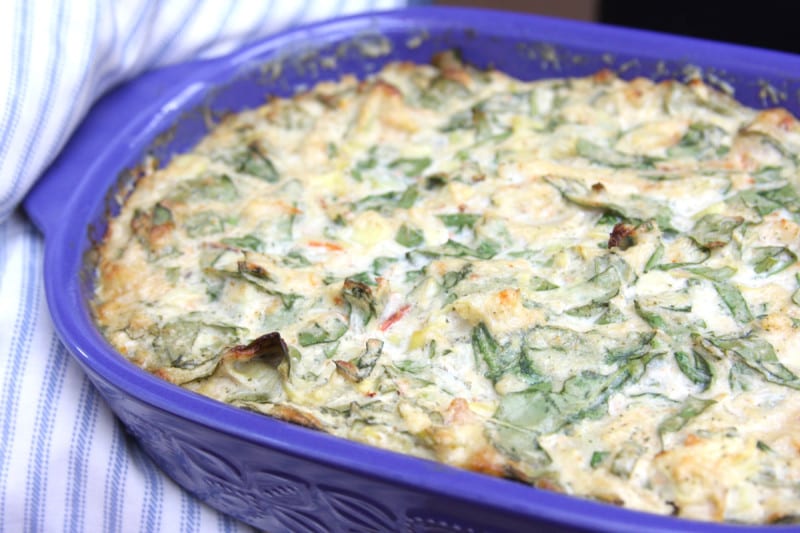

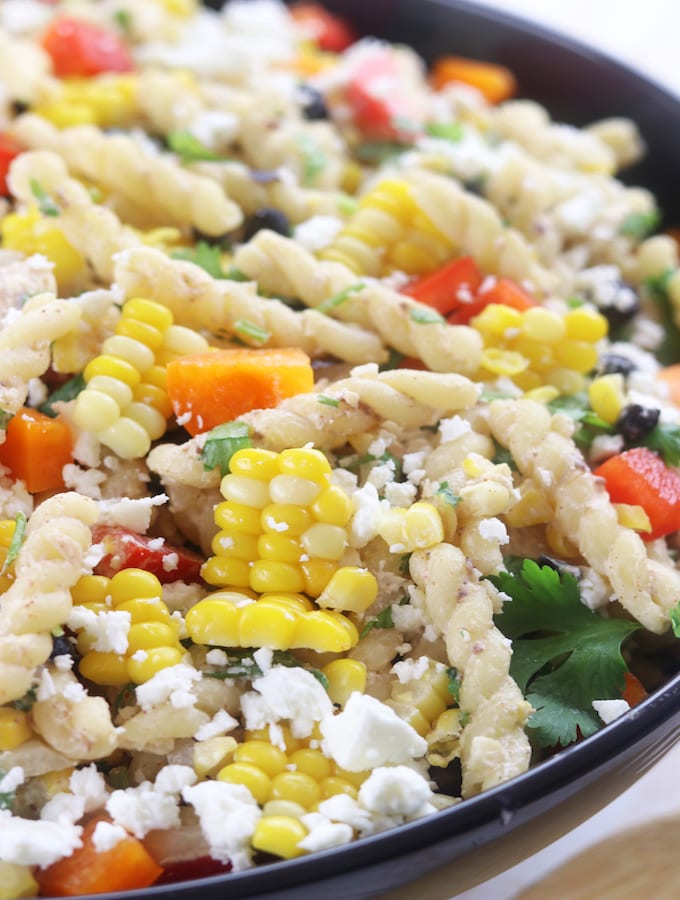
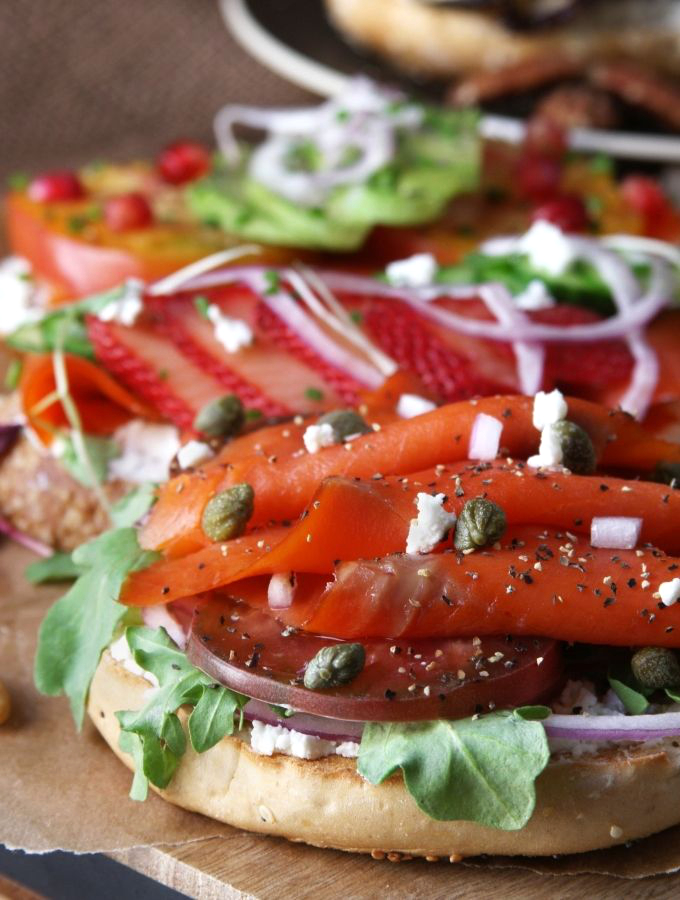
i have had wonderful results with the dismount of this wonderful cake by slathering the bundt pan with a generous amount of coconut oil, then lightly flour the pan before adding the cake batter. i have also made this with other extracts like lavender, orange, etc., with brilliant results! thank you for my new go-to bundt cake recipe!
Thank you so much for sharing your tips! I love the idea of using coconut oil for the pan, and your flavor variations with lavender and orange sound amazing. It makes me so happy to hear that this cake has become a go-to for you!